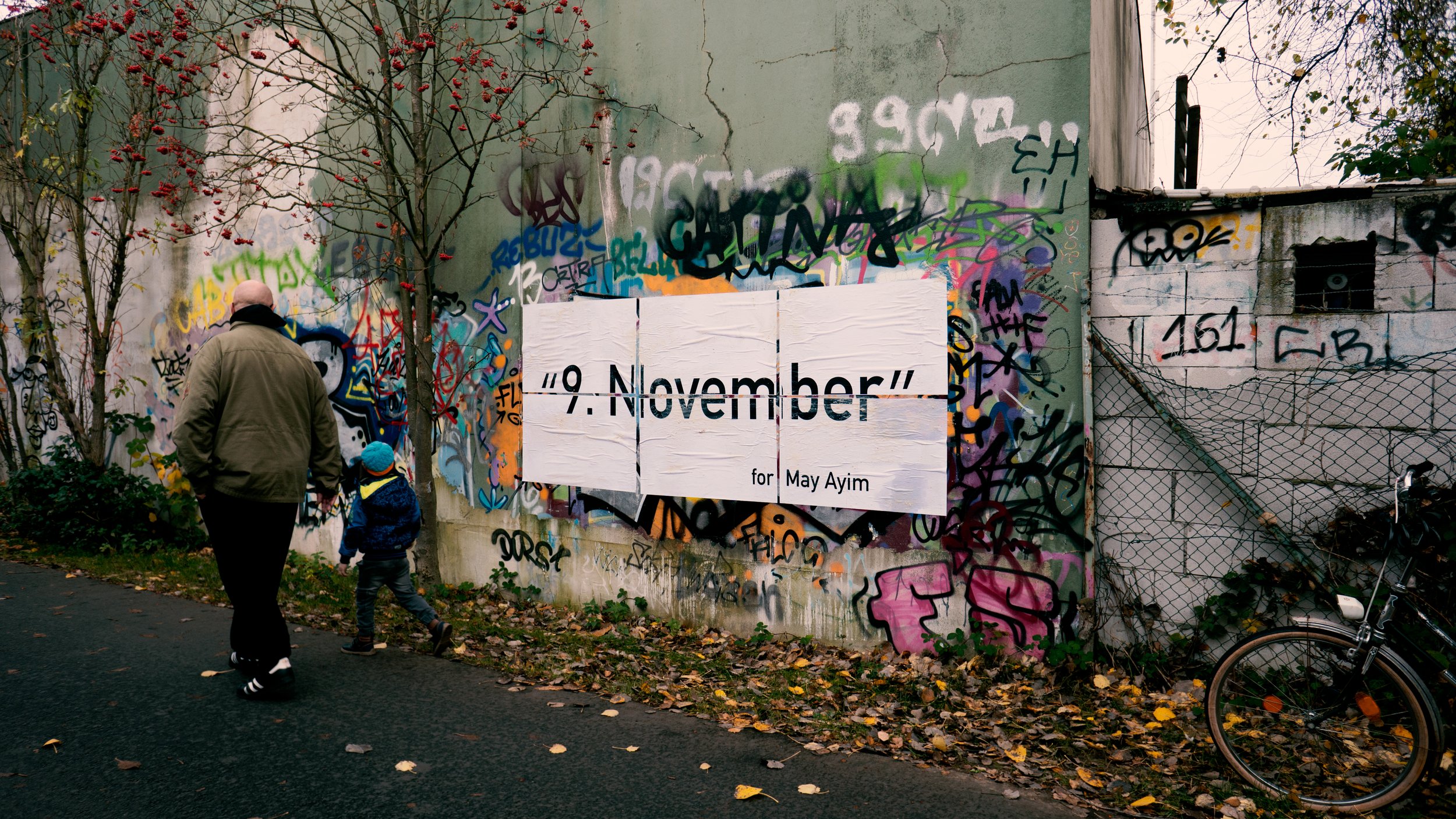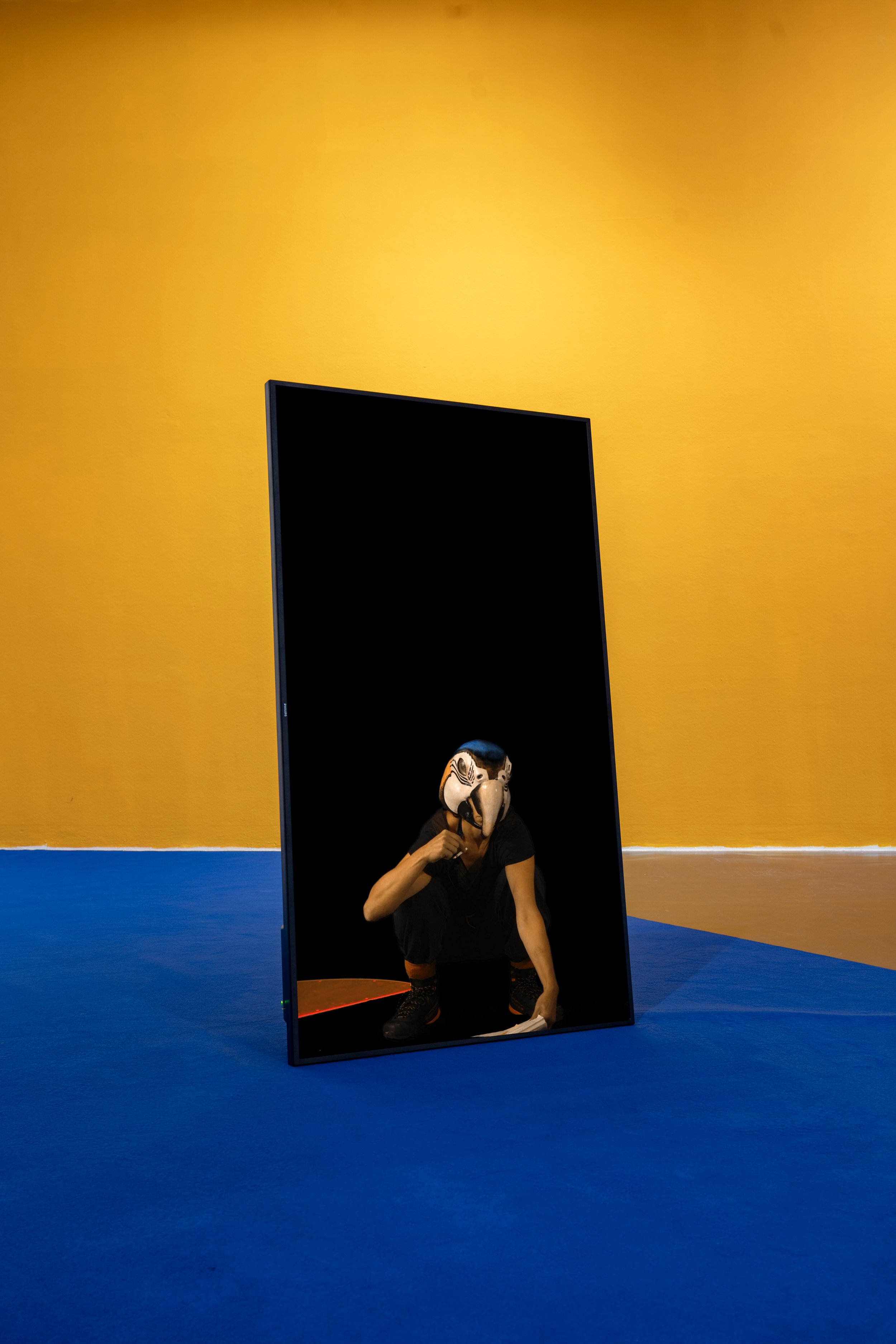
Arnica, Eyebright
Installation. 2021. Variable dimensions. Arnica wall; livestream of Heidegger's hut (with a fabricated solar-powered, wifi-enabled, weatherproof audio/video camera); algae spawns from Heidegger's water well; a bilingual workshop of Elfriede Jelinek's Totenauberg (Death/Valley/Summit) performed by Ute Waldhausen (depicting Hannah Arendt); and a wheat-pasted poster for May Ayim installed on 9. November. The project was included in the group show, What I Needed Was Imagination, at HBK Braunschweig and was supported by Braunschweig Projects, and Andy He (systems engineer).
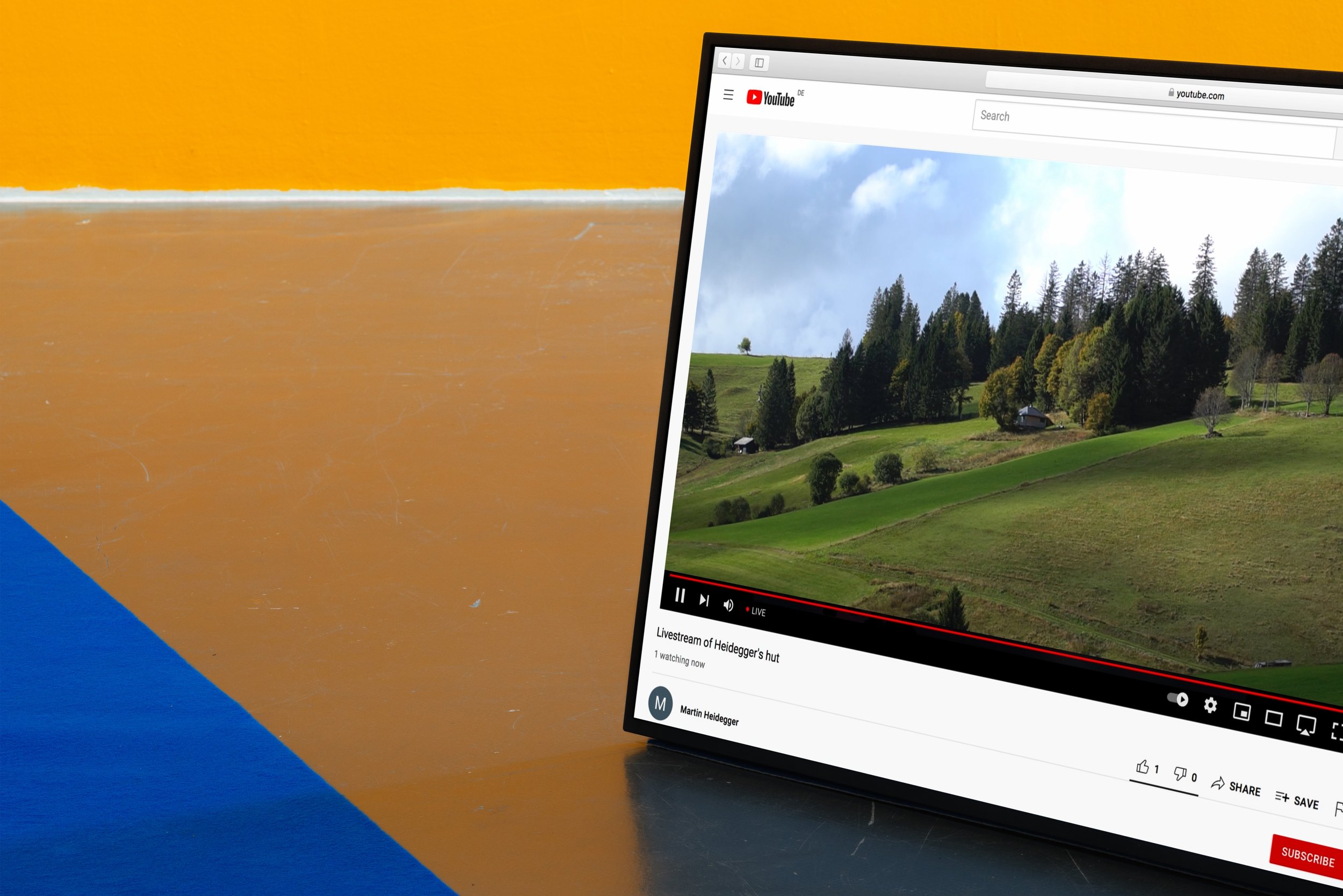
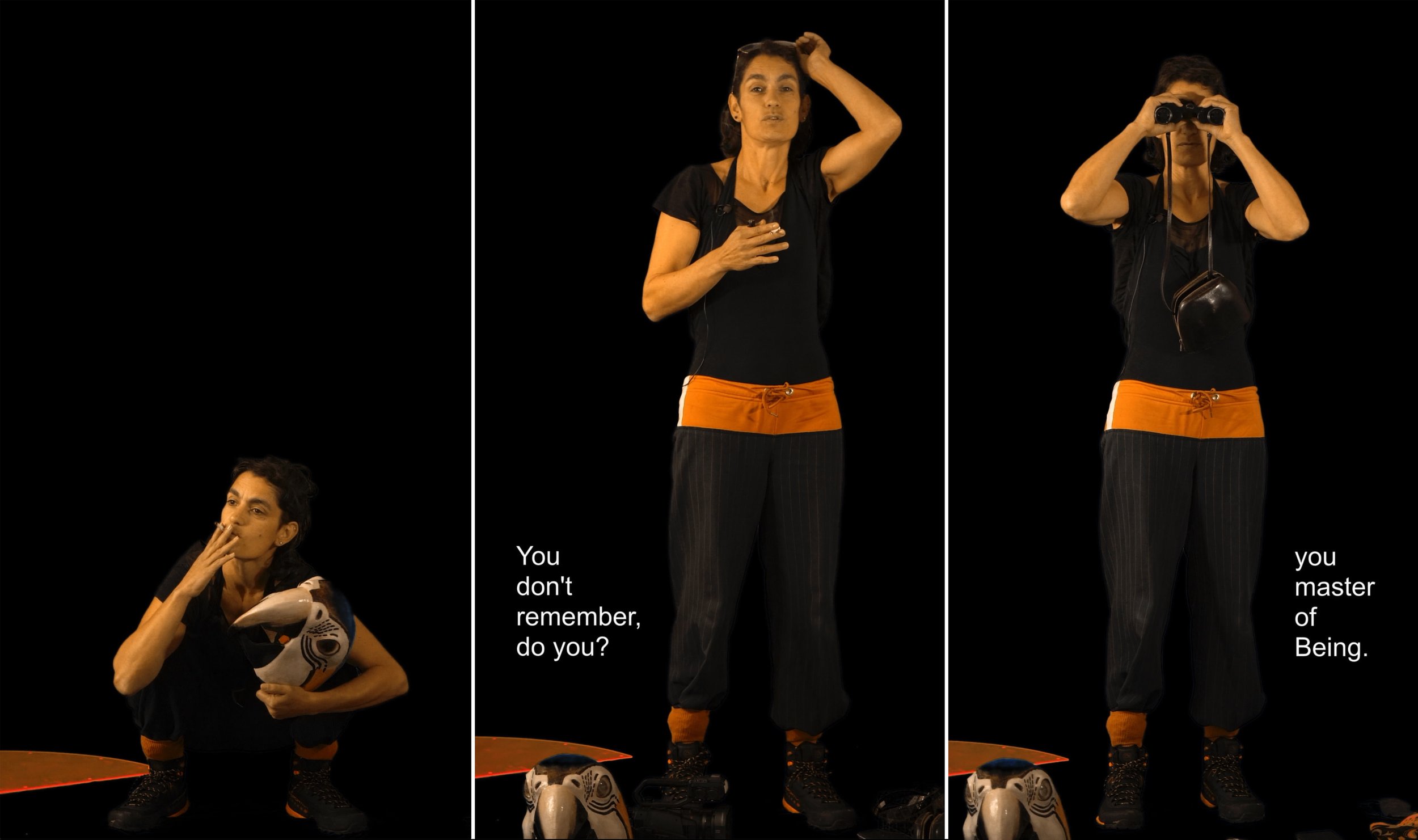

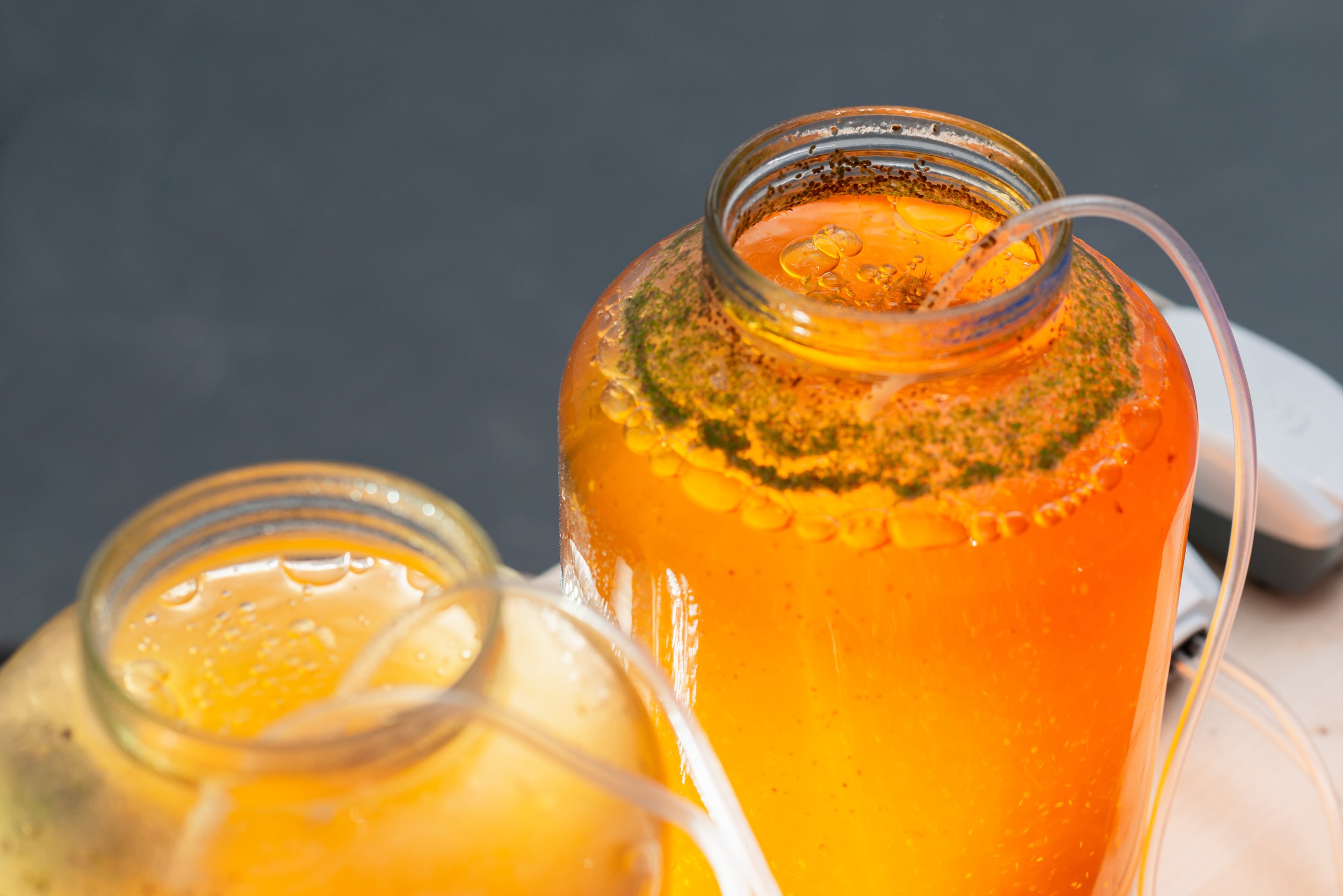
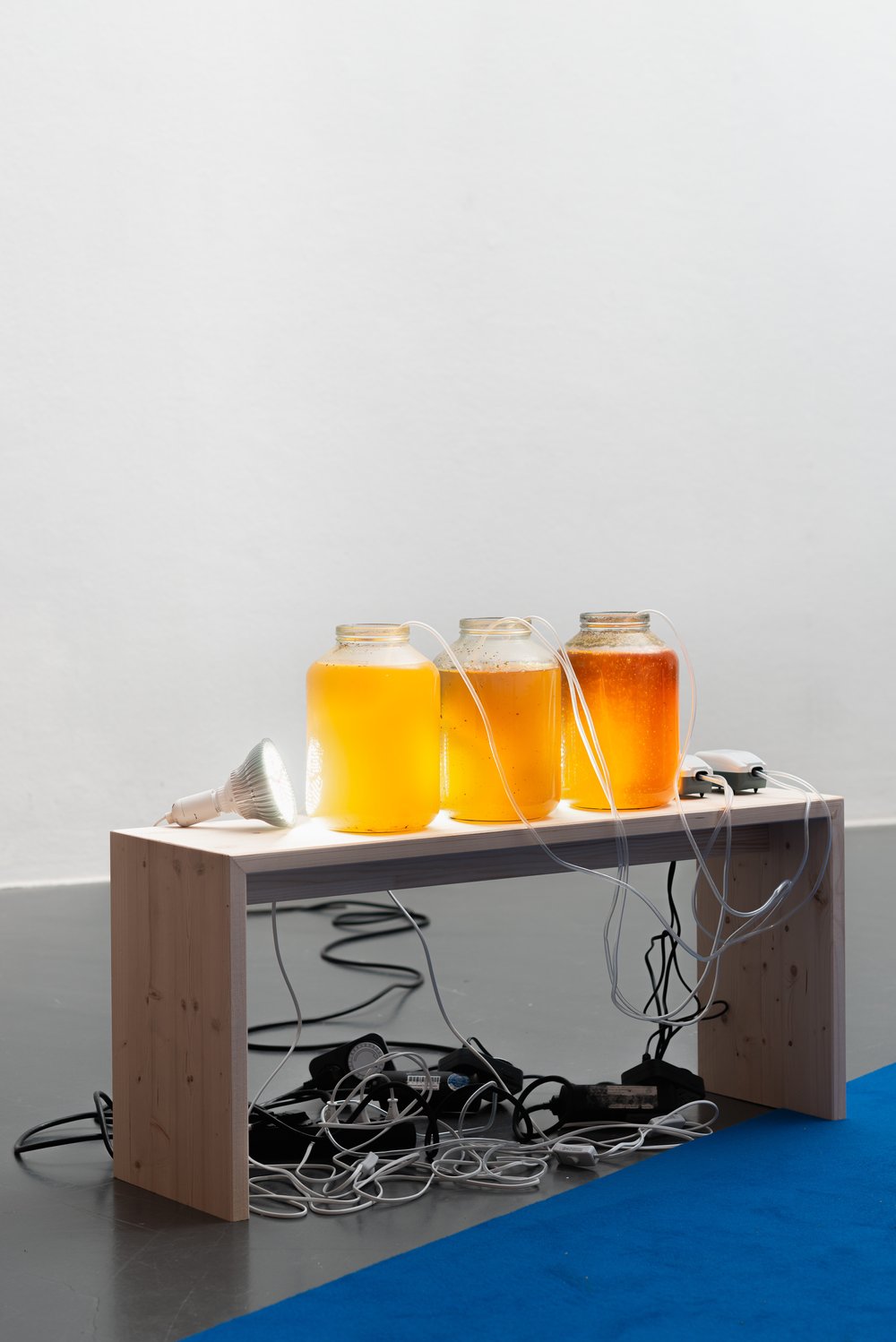
Arnica and eyebright are flowering plants that are churned into anti-inflammatory salves to reduce eye and body pain. They are also the first words in a single sentence poem called Todtnauberg (1967) by Holocaust escapee Paul Celan. In the tourist village of Todtnauberg (tod, "death"; berg, "mountain") there is a small hut built into the slope of the mountain that the philosopher, Martin Heidegger used as a muse. Celan went to the hut to understand the wounded eyes of this man in hiding. Was their dissonance and difference sidestepped by a common-ground admiration for the word? In the poem Celan asks, "whose name did the [visitor] book register before mine?" This was not a question of interest but a concern of fear. Celan inscribed his name in the visitor guestbook after those who attended Heidegger’s National Socialist pedagogical retreat in 1933 to implement the party’s academic policies.
A mouse hole, the hut is where Heidegger refused the realities of his involvement in causing genocide. The hut is also the locus of another poem. Just a couple years after the November 9th reunification of Germany, the Austrian, avant-garde playwright, Elfriede Jelinek wrote Totenauberg (Death/Valley/Summit). Staging the distorted love affair between Heidegger and Hannah Arendt, Jelinek plays with the untranslatable through etymological twists, and unexpected turns. In the play, Jelinek unpacks the irony in Heidegger's essay, The Question Concerning Technology (1954) to confuse the seemingly unrelated (surveillance state of the Holocaust, tourism), and ultimately, the central pillars of Heideggerian philosophy: a nature/home/dwelling where the native forecloses the foreigner as a sport. Jelinek, through her version of Arendt, unpacks Heidegger's romanticization of provinciality, purity, and primordiality into giving the old man another shot, although factitious, at redemption: “You don’t remember, do you?” she asks. As you guessed, Heidegger remained silent. Without the salves of arnica and eyebright to mitigate his guilt, he couldn’t possibly give Celan what he asked for in the visitor guestbook, "…a hope for a coming word in the heart."
Heidegger had a water well installed next to his hut. I’m not sure why you would want to, but you can visit the well today. If you do please notice the abundance of algae growing in the well. Heidegger's algae is multiplying at a fast pace, producing its own food through photosynthesis. It can’t be stopped as of now. If algae works to purify water from pesticides, toxic substances and radioactive matter, the well has turned into a metonymy for Heidegger's philosophy. I wonder if there was that much algae in the well when Celan took a drink from it in conciliation?
Like Heidegger's fungible algae, technologies of subjection continue to mutate, parroting as pure. We know Heidegger's philosophy is significant. “Significant of what?” (Aimé Césaire) I have inherited the mutated gestures oriented from people like Heidegger who are canonized with authority. To de-knot these orientations and erode them, I have to recognize their mutations in my roots. On the other hand, Celan’s quotidian granulations of sound, struggle, and afterlife help me to recognize the tensions extracted from a cultural memory of a Holocaust where Jewish victims make up the dominant path. “Those photographs of piles of corpses taken in liberated camps,” writes Ariella Aïsha Azoulay, “are associated with the extermination of Jewish people, but actually we have no way of knowing whose bodies these are, since different groups were incarcerated and exterminated.” In a different time, the Afro-German poet May Ayim, in poems like blues in black and white, help me to recognize heimat as the one “I carry in my shoes.” In her acceptance speech for the poet laureate of the state of New York in 1991, Audre Lorde—Ayim’s favorite poet—reminds me that “…we live in a world full of the most intense contradictions. And we must find ways to use the best we have—ourselves, our work—to bridge those contradictions; to learn the lessons that those contradictions teach. And that is the work of the poet within each one of us..."
